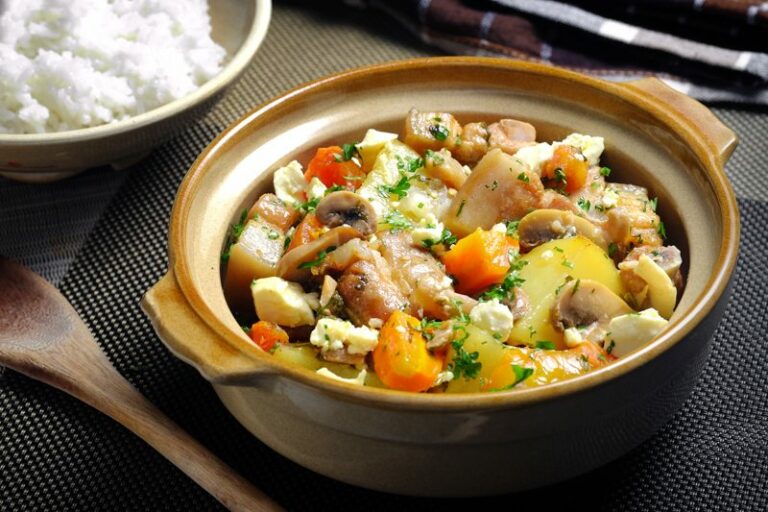Introduction: Bulgaria’s Rich Beverage Culture
Bulgaria’s beverage culture is a crucial part of the country’s rich and diverse history. Whether it is a refreshing drink for a hot summer day, a warm beverage for a cold winter night, or a strong drink for a celebration, Bulgaria has a wide variety of traditional beverages that cater to every taste and occasion. From the classic ayran to the iconic rakia and the herbal liquor Menta, Bulgarian beverages are not only delicious, but they also reflect the country’s cultural heritage and traditions.
Ayran: The Classic Bulgarian Refreshment
Ayran is a traditional Bulgarian beverage made of fermented milk (usually cow, sheep, or goat) mixed with mineral water and salt. The drink is known for its refreshing taste and is often consumed as a thirst-quencher during hot summer days. Ayran is also a popular accompaniment to Bulgarian cuisine, especially grilled meat dishes. It is also believed to have health benefits, such as aiding digestion and boosting the immune system.
Boza: A Fermented Drink with a Long History
Boza is a fermented drink made of millet, wheat, barley, or corn flour, water, and sugar. The drink has a thick, creamy texture and a sweet, slightly sour taste. Boza has a long history in Bulgaria, dating back to the medieval times when it was considered a sacred drink consumed by the elite. Today, boza is a popular beverage in Bulgaria and other Balkan countries. It is often consumed as a breakfast drink or dessert and is believed to have health benefits, such as improving digestion and providing energy.
Rakia: Bulgaria’s Iconic Brandy
Rakia is a strong, fruit brandy made from various fruits such as grapes, plums, apples, and apricots. Rakia is a staple in Bulgarian culture and is often consumed during celebrations, such as weddings and holidays. It is also believed to have medicinal properties and is used as a remedy for colds and indigestion. Rakia is typically served in small glasses called “rakia cups” and is best enjoyed with traditional Bulgarian snacks, such as cheese and cured meats.
Menta: A Herbal Liquor for All Occasions
Menta is a traditional Bulgarian herbal liquor made from a variety of herbs, including mint, anise, and lemon balm. It has a strong, sweet taste and is often consumed as an aperitif or digestif. Menta is also a popular ingredient in cocktails and mixed drinks. It is believed to have medicinal properties, such as aiding digestion and relieving stress.
Mastika: An Anise-Flavored Spirit
Mastika is an anise-flavored spirit that is closely associated with Bulgarian culture. It is made from a variety of herbs, including anise, fennel, and mastic, which give it a unique, sweet taste. Mastika is traditionally served chilled and is often consumed as an aperitif or digestif. It is also a popular ingredient in cocktails and mixed drinks.
Kompot: A Sweet Fruit Drink for All Seasons
Kompot is a traditional Bulgarian fruit drink made by simmering fruits, such as cherries, peaches, and plums, in water and sugar. The drink has a sweet, fruity taste and is typically served cold. Kompot is a popular beverage in Bulgaria, especially during the summer months, when fresh fruits are abundant. It is also a popular dessert ingredient and is often used to make fruit pies and cakes.
Bulgarian Wine: A Hidden Gem in the World of Wine
Bulgaria is a country with a long history of winemaking, dating back to the Thracian era. Bulgarian wine is often overshadowed by other wine-producing countries, but it is a hidden gem in the world of wine. Bulgarian wine is known for its unique taste and quality and has won numerous awards in international competitions. The country’s climate and soil conditions are ideal for growing a variety of grapes, including Merlot, Cabernet Sauvignon, and Chardonnay. Bulgarian wine is a must-try for wine lovers who want to discover new and exciting flavors.



